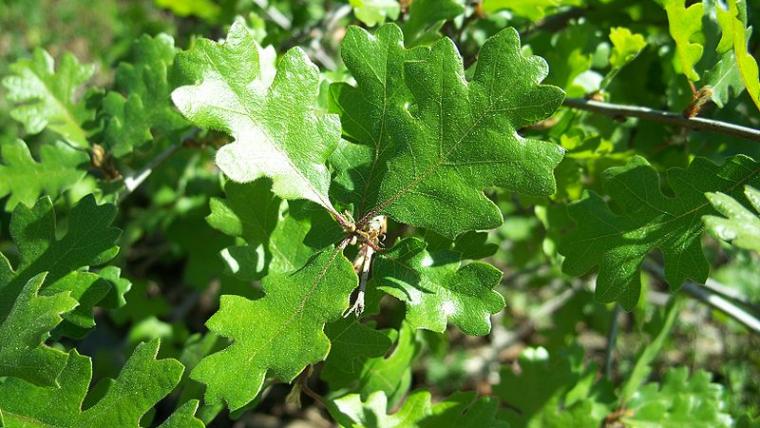
In a nutshell
Researchers use models to estimate how plants will change their phenology under future climate change scenarios. The projected climate data that goes into these models are often at coarse scales of 200 km, which makes predicting timing of leaf-out on a local scale difficult. To create predictions at a finer spatial resolution of when leaf-out will occur, researchers downscale the models, or modify the output to better represent local conditions, resulting in predictions on a scale of 10 km or less.
Researchers from Princeton, Chapman University, and UCLA developed models of valley oak leaf-out under past and future climate scenarios to test how changing the spatial scale of these models affects leaf-out. Before downscaling the models, the authors used data collected through Nature's Notebook to compare model-predicted leaf-out dates for valley oak to leaf-out that was actually observed on the ground. They found that their models performed well for valley oak in California.
What is special about this study?
Ground-based observations of leaf emergence in California systems are limited, making model calibration for these species difficult. The California Phenology Project, which began in 2010 and is part of the USA National Phenology Network, has made phenology data for valley oak and other California endemics more widely available. These data allowed the authors to validate their models of valley oak leaf-out before downscaling the models to create local predictions.
What does this mean for YOU?
Better knowledge of how a changing climate will impact California ecosystems can help land managers deal with conditions such as drought or wildfires. Oaks woodlands and other hardwood forest cover about 11% of the landscape in California, providing food for a variety of wildlife. Learning more about the phenology of these trees can inform natural resource managers about whether species the variety of species that depent on oaks, including acorn woodpeckers, western scrub jay, and California ground-squirrels, will have the food they need to survive.
Citation: Medvigy, D., Hee Kim, S., Kim, J., and Kafatos, M.C. 2016. Dynamically downscaling predictions for deciduous tree leaf emergence in California under current and future climate. International Journal of Biometeorology DOI 10.1007/s00484-015-10